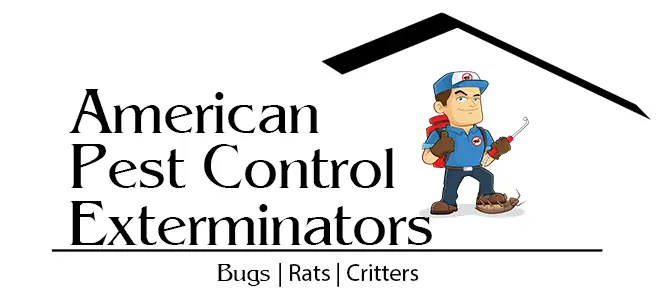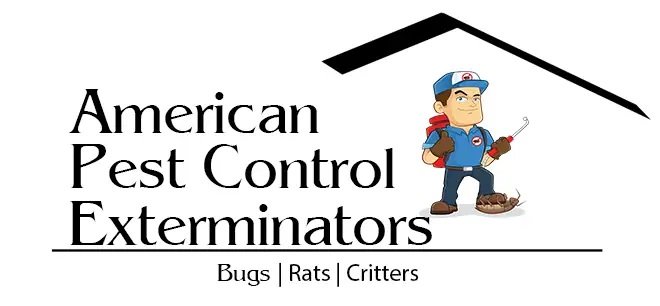
What are the signs of termites in your home?
If you’ve been noticing more and more damage in your home, there’s a good chance you have termites. Termites are one of the most destructive pests out there, and their presence can cause a lot of damage in a short amount of time. In this blog post, we will provide you with a checklist to help you determine if you have termites and what to do if you do. From there, you can start to take steps to get them out of your home and back to nature.
What are the symptoms of termites?
Termites are small, dark reddish-brown insects that live in colonies. The most common symptom of termites is damage to wood. In the United States, it is estimated that there are more than 100 different types of termites. Termites can be difficult to detect because they usually leave behind small amounts of fecal material on the surface of the wood where they are feeding.
The following are some other signs that may indicate you have termites:
– Woodpecker activity in the home
– Leaning or sagging porches or walls
– Hive or tunnel entrances near or underneath the home
– Swarms of termites flying around the home
– Mud or debris piles near the home
– Termite droppings on the ground
– Termites excavating tunnels
How do you know if you have termites?
If you are noticing that there is something wrong in your home, specifically if there are signs of decay and damage, termites may be a problem. There are several things you can do to determine if you have termites:
-Look for evidence of activity: Termites create tunnels in which they feed and live. If you see an area where the soil has been disturbed or removed recently, there is a good chance that termites are present. Additionally, if there is any type of build-up of dirt or muck in places where it shouldn’t be (near pipes, around electric cables), termites may be at work.
-Listen for clues: When termites eat wood, they leave behind a telltale “sugar trail.” If you hear strange noises coming from the walls or ceilings near where wood is being eaten, it’s likely that termites are nesting nearby.
-Smell for clues: Termites leave a distinctive odor when they’re active. If you smell something foul coming from your home, it’s likely that termites are crawling around and ruining materials.
-Look for damage: In general, termites will create more damage near their feeding areas. If you see evidence of termite activity (see above) and also see damage in the vicinity, it’s likely that you have termites.
-Call a professional: If you are still unsure whether or not you have termites, it’s best to call a professional. They will be able to identify the problem and provide you with recommendations on how to get rid of them.
How do you treat termites?
Termites are a common problem in homes, as they can cause extensive damage if not treated. Here are some tips on how to treat termites:
1. Inspect the exterior of your home for signs of termite activity. Look for piles of earth or mounds that appear unnatural, as these may be indications of an infestation.
2. If you suspect an infestation, call a professional to inspect the property and provide a treatment plan. Once an effective treatment plan is in place, it’s important to follow instructions closely to avoid reinfesting the insects.
3. Eliminate any potential food sources for termites, such as rotten wood or soft soil. Dispose of anything that could attract them, such as old furniture or insulation.
4. Seal any cracks and openings in your home’s foundation and framing with caulk or sealant—this will help keep termites out and reduce the chances of them entering through small openings.
5. Regularly monitor your home for signs of termite activity and take appropriate action if necessary, including calling a professional.
What are the long-term effects of termite treatment?
The long-term effects of termite treatment depend on the type and severity of the infestation. If the termites are small, they may go away on their own in a few months. If the termites are large or if there is extensive damage, treatment may be necessary for several months or even years.
Termites can create tunnels anywhere in your home, so it’s important to take care when inspecting for signs of an infestation. Look for strange noises or changes in the structure of your home. If you find evidence of termites, contact a professional pest controller to treat the area.
Conclusion
If you’re concerned about termites in your home, it’s important to be aware of the signs so that you can take action. Remember that termites are active during the daytime, so if you see anything out of the ordinary, don’t hesitate to call a professional.

